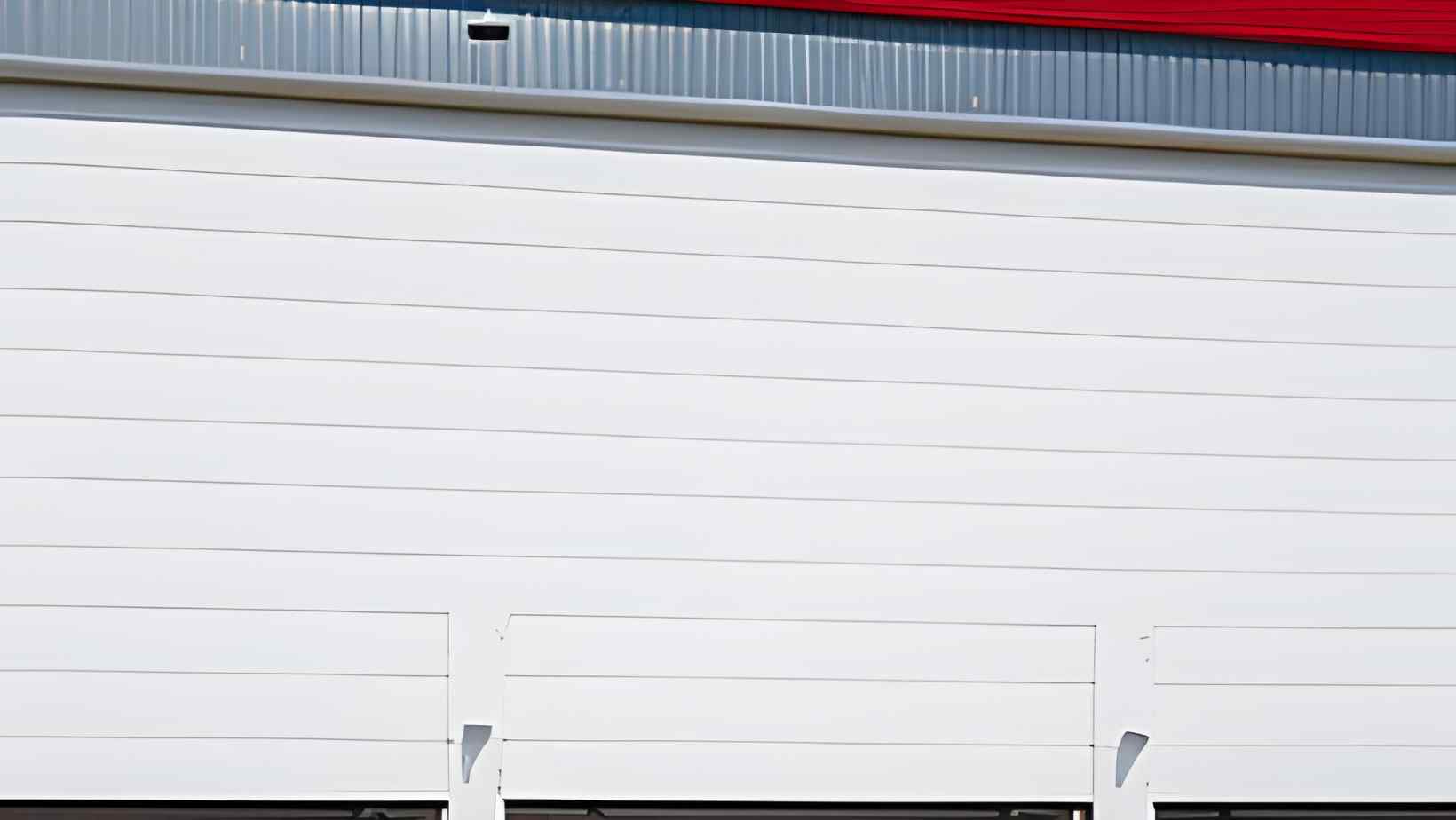
How to Improve Loading Dock Efficiency with Industrial Sectional Doors
In today’s fast-paced world of logistics and supply chain management, the efficiency of loading dock operations is critical for ensuring the smooth transportation of goods. One essential element that significantly impacts the effectiveness of a loading dock is the installation of industrial sectional doors. These doors offer numerous benefits, including improved workflow efficiency, enhanced safety, and minimized disruptions in logistics processes. In this blog post, we will explore the importance of sectional overhead doors and how they contribute to optimizing loading dock operations.
The Role of Doors in Workflow Efficiency
They are specifically designed to facilitate the seamless movement of goods in and out of the loading dock area. Unlike traditional swinging doors or roller shutters, sectional doors open vertically, maximizing space utilization and making them ideal for facilities with limited space. By providing a clear and unobstructed opening, these doors enable faster and more efficient loading and unloading processes.
The quick opening and closing speeds minimize waiting times for delivery vehicles, resulting in reduced idle time and increased productivity. With faster access to the loading dock, trucks can loaded or unloaded promptly, enabling more shipments to processed in a shorter amount of time. Hence, this increased efficiency translates into cost savings, improved customer satisfaction, and a competitive edge in the market.
Enhancing Safety Measures with Doors
Safety is a top priority in any industrial environment, and loading docks are no exception. Industrial sectional doors in London are designed with a range of safety features to ensure the protection of workers, equipment, and goods.
One crucial safety feature is the presence of sensors that detect any obstructions in the door’s path. These sensors automatically halt the door’s movement, preventing accidents and damages caused by collisions. Furthermore, sectional doors has constructed with durable materials that can withstand the rigors of heavy industrial use, reducing the risk of accidents due to door malfunctions.
In addition to the sensors, they often come with integrated warning lights and audible alarms to alert workers and truck drivers of the door’s movement. These signals serve as visual and auditory reminders to exercise caution when operating in the vicinity of the loading dock. By prioritizing safety measures, businesses can create a secure working environment and minimize the risk of accidents and injuries.
Minimizing Disruptions in Logistics Processes
Loading dock disruptions can have a significant impact on supply chain operations, leading to delays, increased costs, and dissatisfied customers. doors contribute to minimizing disruptions by providing reliable and efficient access control.
Moreover, doors can be equipped with advanced technology, such as remote control operation or integration with warehouse management systems. These features enable seamless coordination between loading dock operations and other parts of the supply chain, further reducing disruptions and optimizing logistics processes. By leveraging technology and automation, businesses can streamline their operations and achieve higher efficiency and accuracy in their loading dock activities.
Invest in Industrial Sectional Door
Doors play a vital role in optimizing loading dock operations, ensuring the smooth transportation of goods in the logistics and supply chain industry. By enhancing workflow efficiency, improving safety measures, and minimizing disruptions, these doors provide significant benefits to businesses.
Investing in high-quality sectional doors is a worthwhile endeavor for any organization that values efficiency, productivity, and customer satisfaction. Whether it’s a small warehouse or a large distribution center, the installation of doors can yield long-term benefits and help businesses stay competitive in today’s demanding market.

